|
|
Post by londonstuff on Jul 26, 2016 5:00:20 GMT
We're currently going around the US for a few weeks and train travel is a major element - as ever, it's fascinating  We arrived at JFK airport and needed to get to NYC so we got the Skytrain to a train station or other and then had to get a mainline train, kind of akin to Southern, into Penn Station. After being on the go all day, all weWe bought the ticket on board and were surprised to see a conductor in each carriage. He began to clip out bits of the slip but kept on clipping, with little bits of paper all over the floor. Obviously it's got the type of fair, the price and the day, though I was surprised by how much work needed doing per ticket. 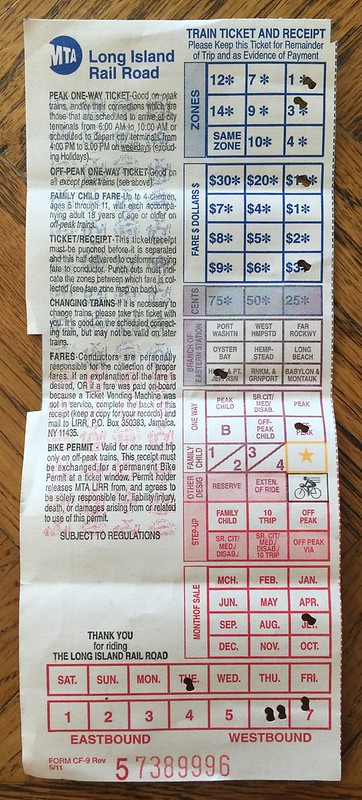
NY train ticket by Michael, on Flickr The NYC Metro is still as crazy as ever, with a difficult mixture of fast and local trains though the air con on the trains themselves is amazing. Since I was last here pretty quick wifi seems to have been installed in quite a few stations. I was also in W 14th St station and took a few snaps of these beauties - it's unusual to see artwork in the US: 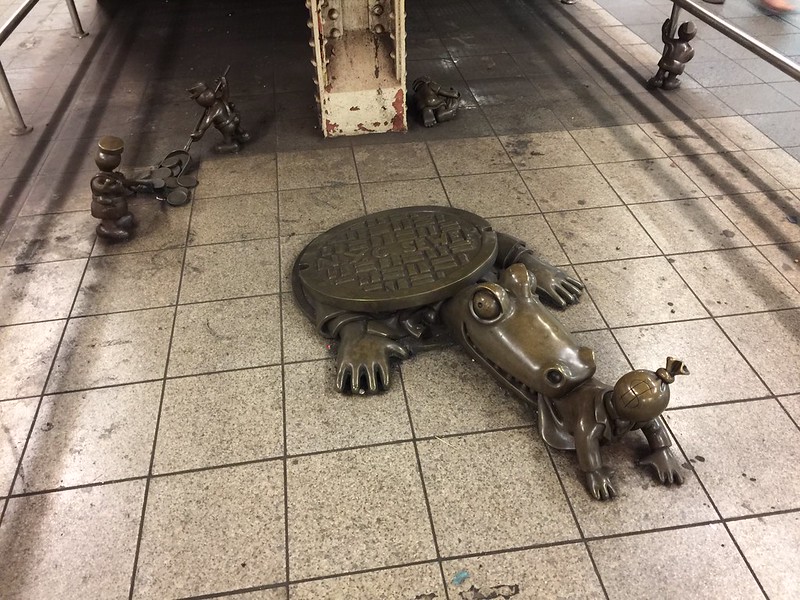
Untitled by Michael, on Flickr 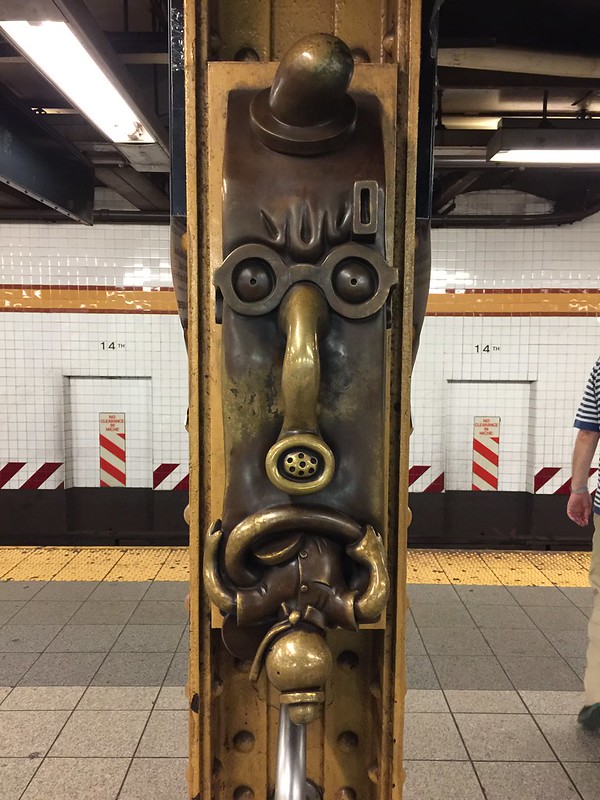
Untitled by Michael, on Flickr Over the course of the trip, we'll be on Amtrak a few times and, by and large, seems much more technically aware - so far I've gone from NYC to DC with full wifi, QR code tickets and being able to stand in an inner guard's compartment. 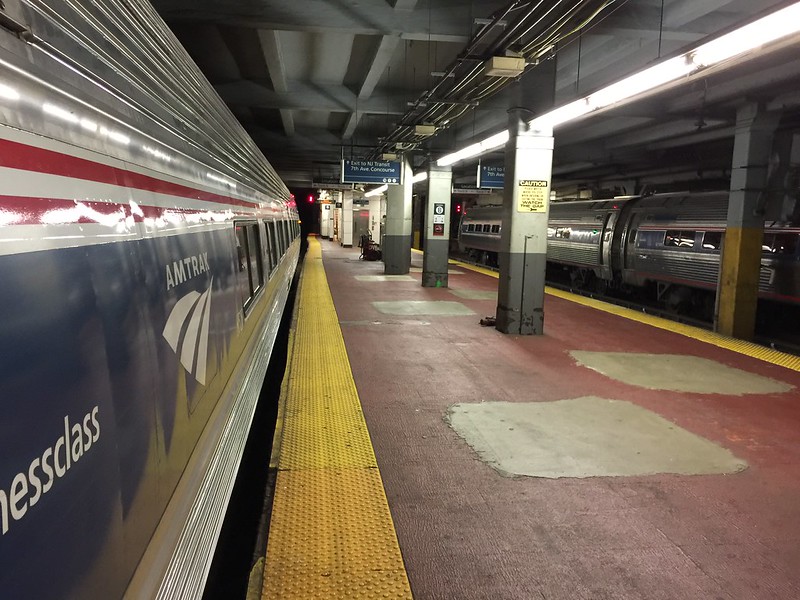
IMG_7644 by Michael, on Flickr 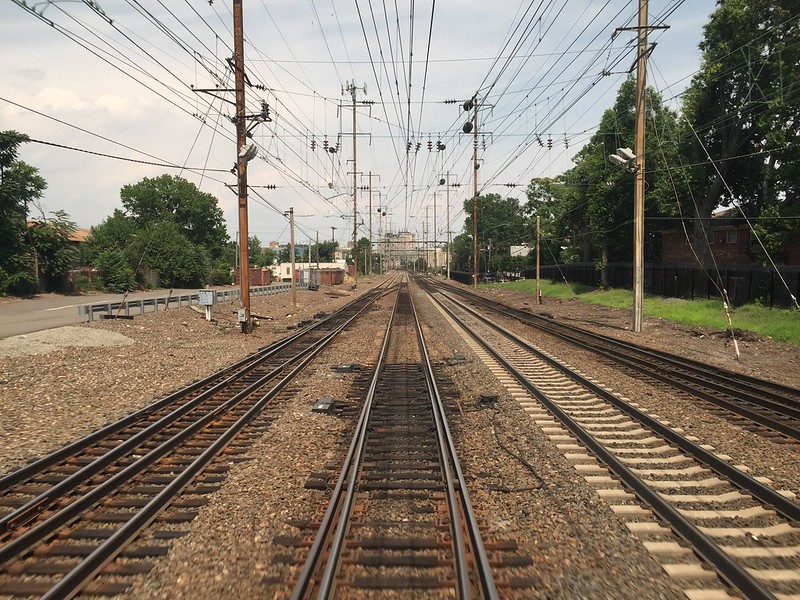
Untitled by Michael, on Flickr 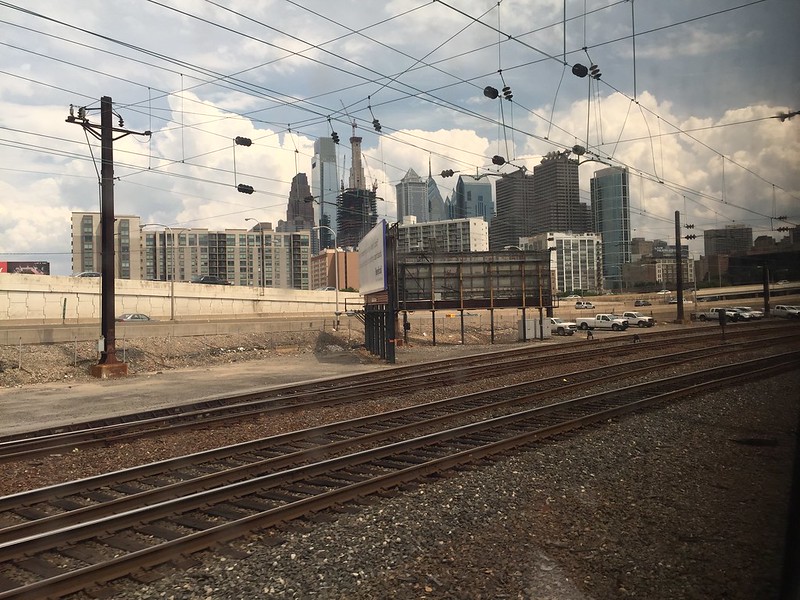
Philadelphia by Michael, on Flickr However, they're really not great at accepting suitcases and we almost had to smuggle ours on. The station at DC was unbelievable and almost had similarities to Gants Hill (not you, Michael). The Metro seems to have been built in the 70s, is very dark and still has carpet on the trains themselves. I believe they've had a number of safety issues in recent years and on the way to Dulles airport they were digging between the freeway to extend it to the airport and beyond. 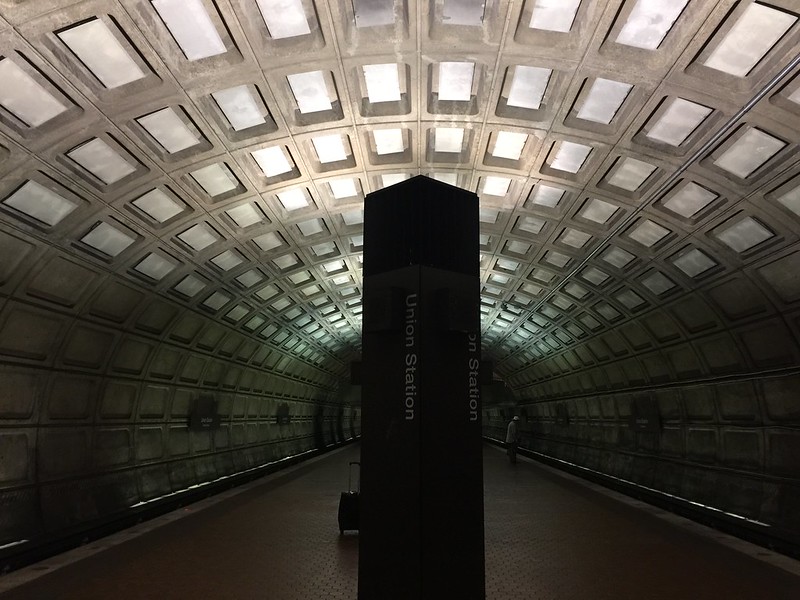
IMG_7840 by Michael, on Flickr 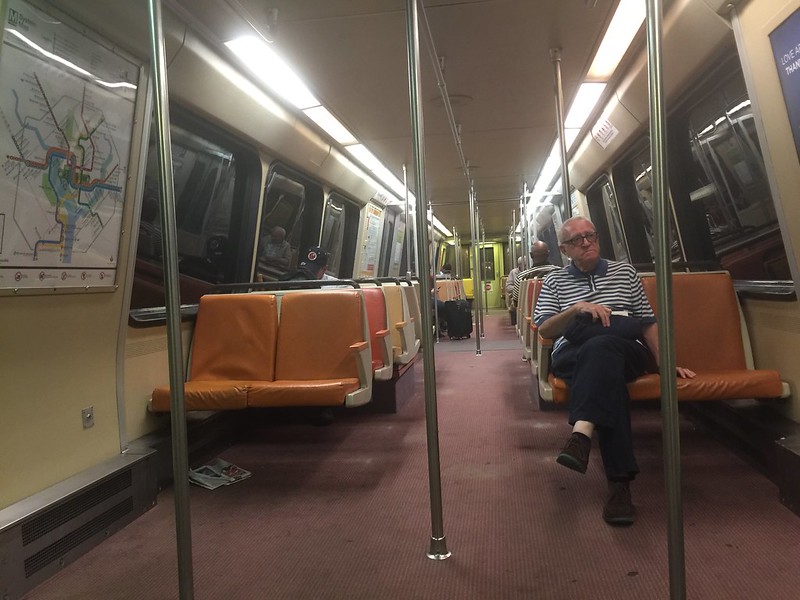
Paul looking clearly impressed by Michael, on Flickr 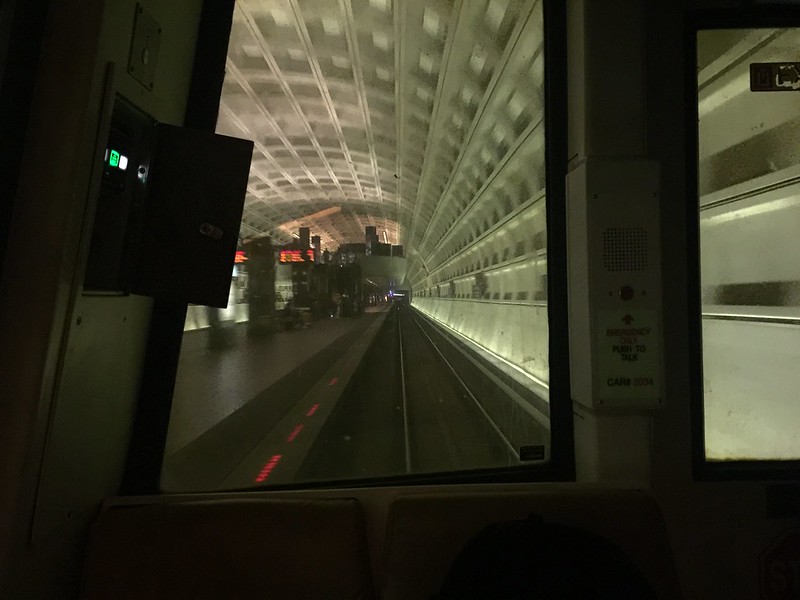
Untitled by Michael, on Flickr LOL: 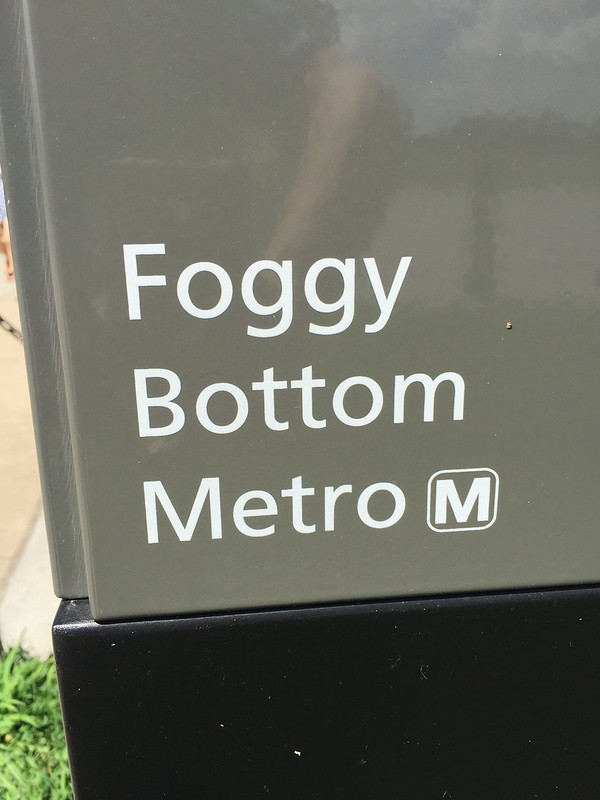
Untitled by Michael, on Flickr San Diego had tracks going over the roads everywhere: 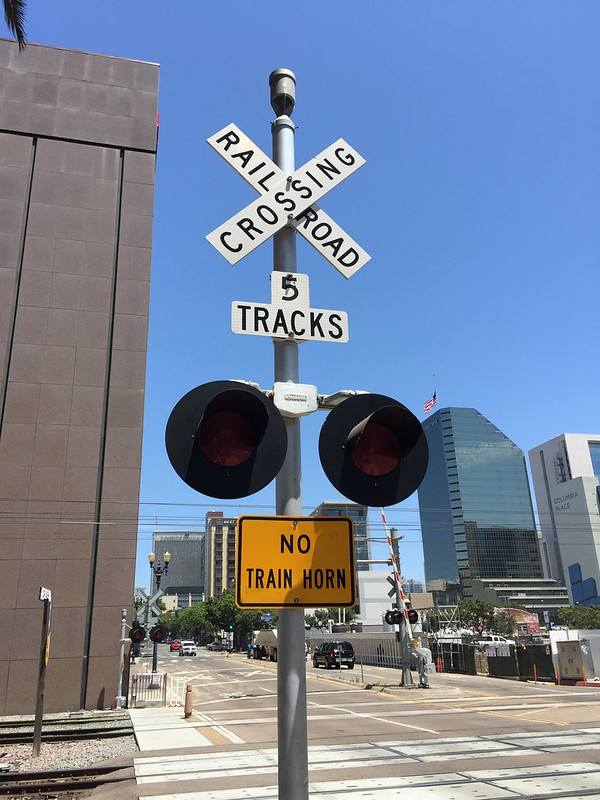
Untitled by Michael, on Flickr 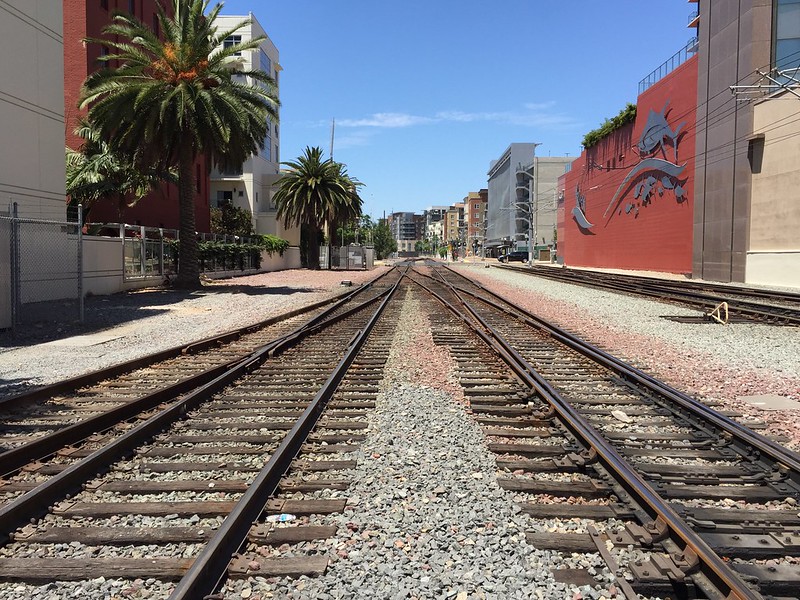
Untitled by Michael, on Flickr Going from San Diego to LA was interesting - San Diego station was beautiful and the driver pushed the train rather than pulled it - the engine carriage was at the back. How the driver checked for obstructions, etc. I don't know. Most of the journey was along the coast, reminiscent of the south of France. Going towards LA we passed over many roads - the driver didn't have their hand off the (very loud) horn for seemingly the whole time. 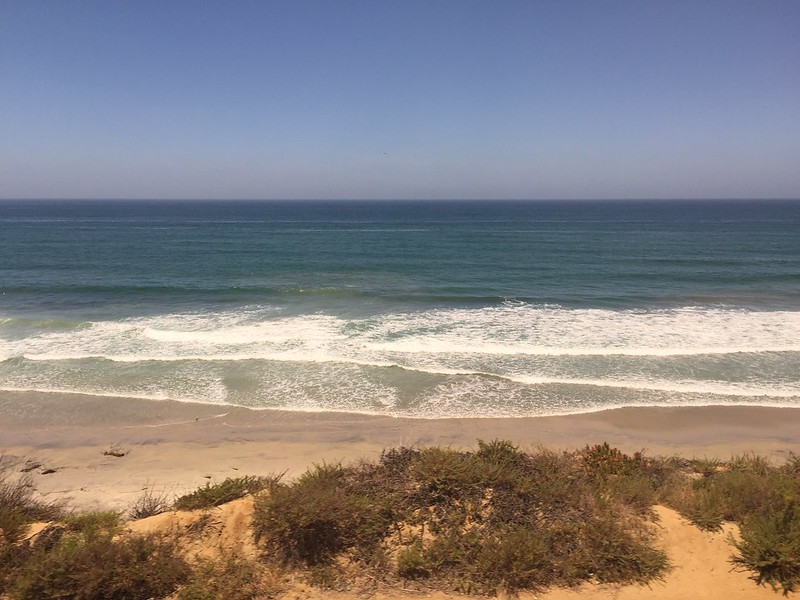
Untitled by Michael, on Flickr 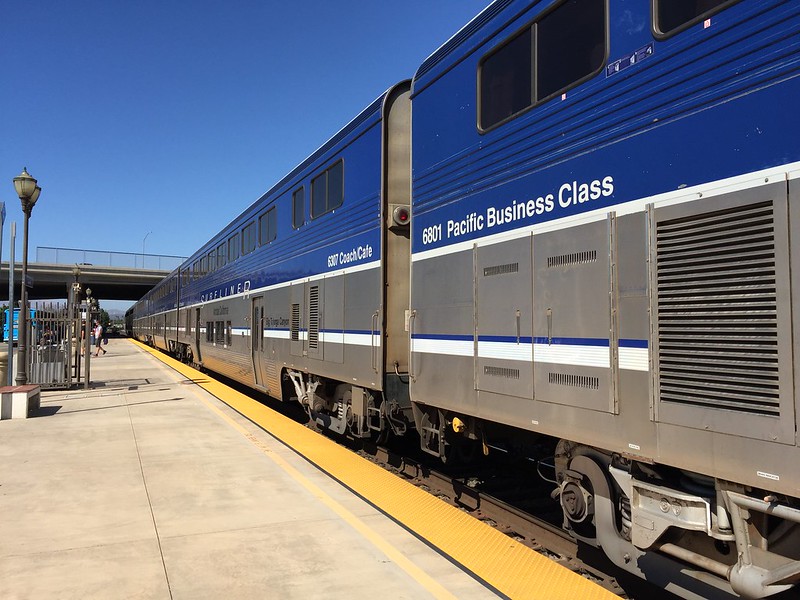
Untitled by Michael, on Flickr 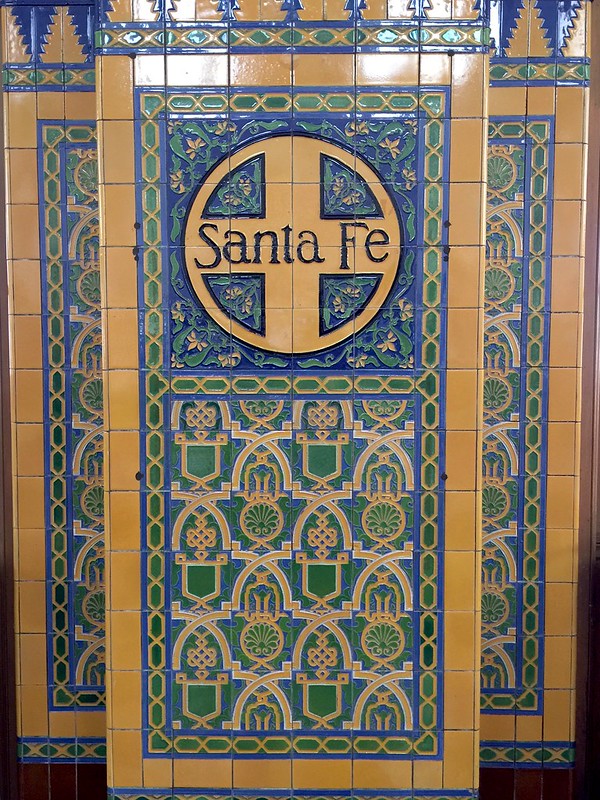
Untitled by Michael, on Flickr 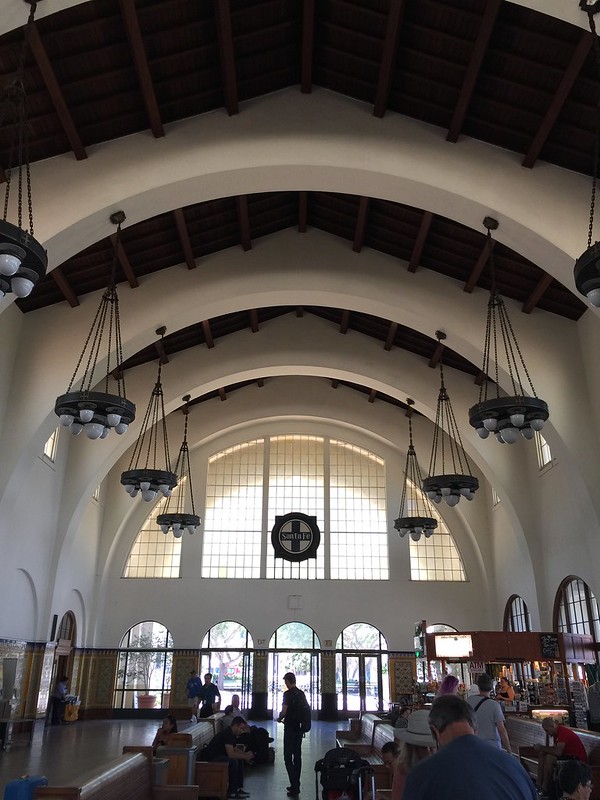 IMG_7922 IMG_7922 by Michael, on Flickr 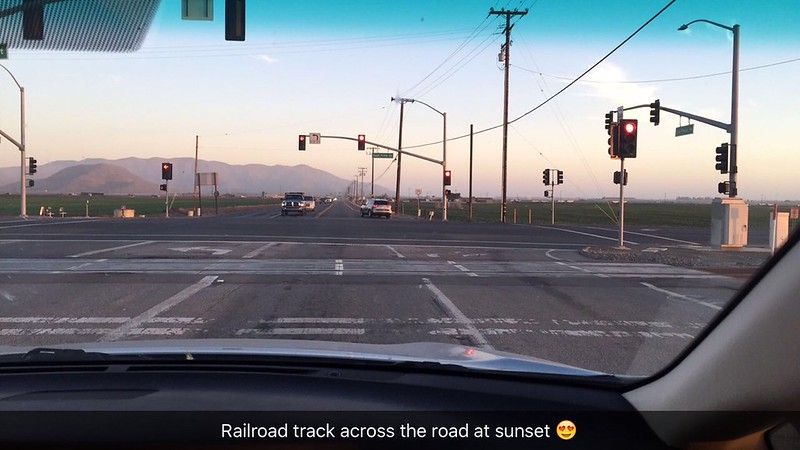
IMG_7998 by Michael, on Flickr Coming out of LA, I'm pretty sure this is where that film from The Terminator was filmed. 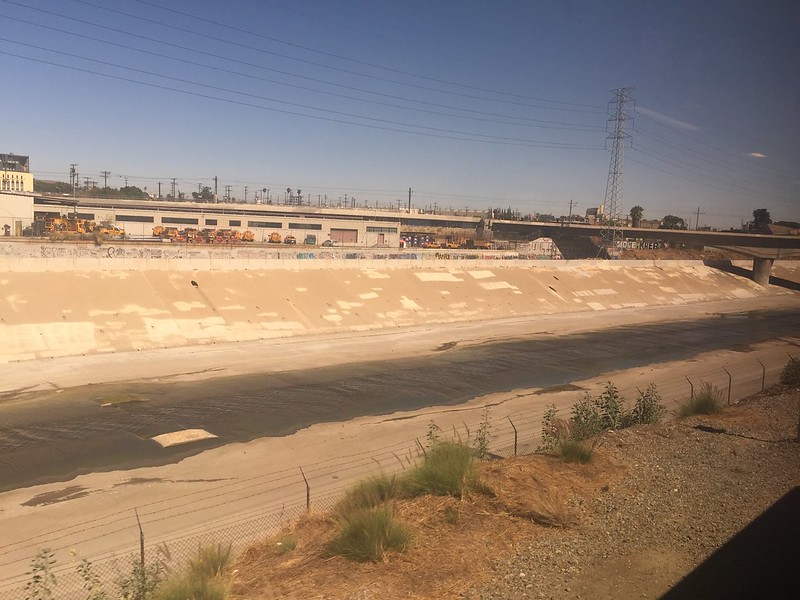
Untitled by Michael, on Flickr Yesterday I visited Hollywood, which was pretty tawdry though, to my surprise, it had a metro station. I didn't go on the metro itself but went down two levels to the ticket hall area: 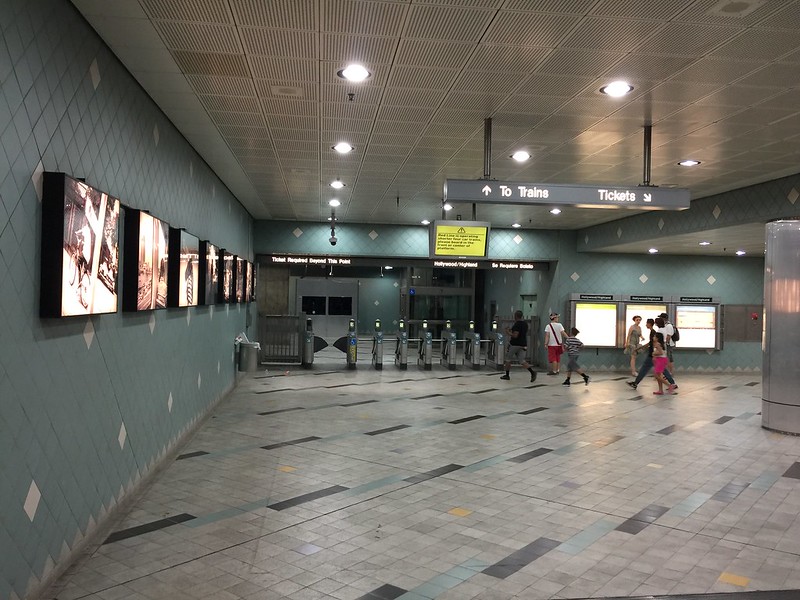
IMG_8076 by Michael, on Flickr The Next is going from San Fran right the way up the coast to Vancouver - we've got our own room and bed and the Starlight Express train has a glass roof in one of the compartments - we can't wait. By and large, although there are a lot of moans about then, American train travel has been amazing. |
|
|
|
Post by rsdworker on Jul 26, 2016 5:35:18 GMT
as for DC metro - there is new trains running around also i noticed the platform edge lights (visble on second photo) is very different from older lights that i have seen in past
|
|
|
|
Post by snoggle on Jul 26, 2016 8:31:17 GMT
Very interesting to see the photos from your trip. I remember being astonished by the ticket clipping antics of staff on LIRR trains when I had to travel out east to meet someone. Like another world and I'm surprised they have kept the same system - must cost a fortune. The Washington Metro has become a real mess. They failed to maintain it properly resulting in fires, accidents and unreliability. They are now going through a programme of emergency closures to replace worn out tracks and other infrastructure. You might have imagined that the USA's capital would have avoided these mistakes but seemingly not. |
|
Deleted
Deleted Member
Posts: 0
|
Post by Deleted on Jul 26, 2016 13:53:02 GMT
Very nice pictures! I last went on the NYC Metro in 2000 and it felt very dilapidated back then. But I have fond memories of the PATH train which I took every day from where I was staying in New Jersey directly into Manhattan. I wish I'd taken some pictures of it at the time.
|
|
|
|
Post by Jerome H on Jul 26, 2016 13:58:28 GMT
It's very interesting to see the differences between rail systems across the US alone. The MTA is apparently planing a large-scale modernization scheme, if you haven't seen: www.flickr.com/photos/mtaphotos/albums/72157670486462232Even though the locomotive was at the back of the train, the driver was at the front. There will be a driving cab at the opposite end of the train's locomotive. US Commuter lines very often use the Push/Pull technique, especially outside the northeast. |
|
|
|
Post by westville13 on Jul 26, 2016 18:29:12 GMT
|
|
|
|
Post by norbitonflyer on Jul 26, 2016 21:46:36 GMT
We're currently going around the US for a few weeks and train travel is a major element - as ever, it's fascinating: the driver pushed the train rather than pulled it - the engine carriage was at the back. How the driver checked for obstructions, etc. I don't know. Push pull operation, with the locomotive at the rear controlled remotely by a driver at the front of the train is very common in Europe and has been used in the UK on various routes for fifty years. The ECML used it (at 125mph) to this day. Indeed push pull was used, with mechanical linkages, in steam days. The earliest example I know of is the Snowdon Mountain Railway, which has always operated its trains with the loco at the downhill end. |
|
|
|
Post by djlynch on Aug 4, 2016 21:24:40 GMT
You might have imagined that the USA's capital would have avoided these mistakes but seemingly not. I think Washington's status as capital has a lot to do with Metro's problems. Or, specifically, the decision to make the District of Columbia a non-state in between two other states has created a situation where there is no strong central entity for Metro to be accountable to, every jurisdiction has just enough sovereignty to derail progress simply by refusing to act, everyone gets to point the finger at someone else, and the only entity with the legal authority to force Metro to clean up its act is the United States Congress, which has spent the last few years under the control of a party that wrote opposition to public transport into its manifesto for this November's elections. |
|
|
|
Post by londonstuff on Aug 5, 2016 6:14:57 GMT
So, part 2 (!) Setting aside the Las Vegas monorail (apparently installed to make travel between the gambling hotels owned by the same company easier), San Francisco was a transport buff's paradise though actually using the system is pretty difficult. The Muni stations don't serve the main tourist areas well and the Bart is similar to the RER in Paris where it mainly serves the suburbs. Aside from the Muni station by our hotel it was three days of full walking around before we found another Muni station. The buses, trams, trolley buses and the amazing cable car are essentially not really integrated in any major way which makes it a lot harder than it should be to travel around. However, the trams are amazing: 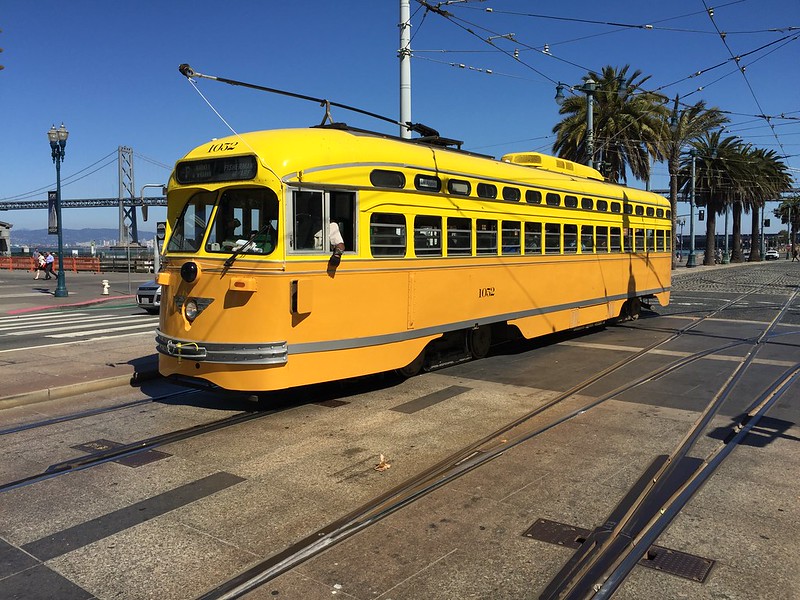
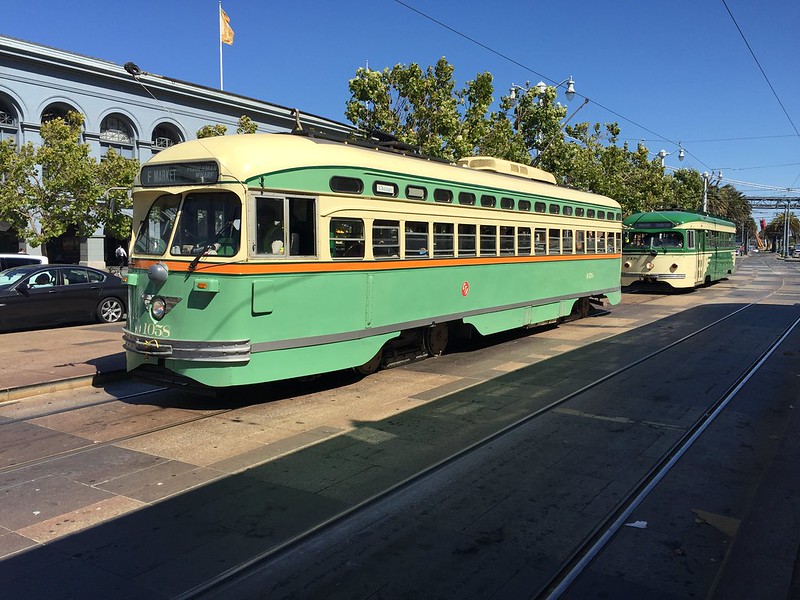
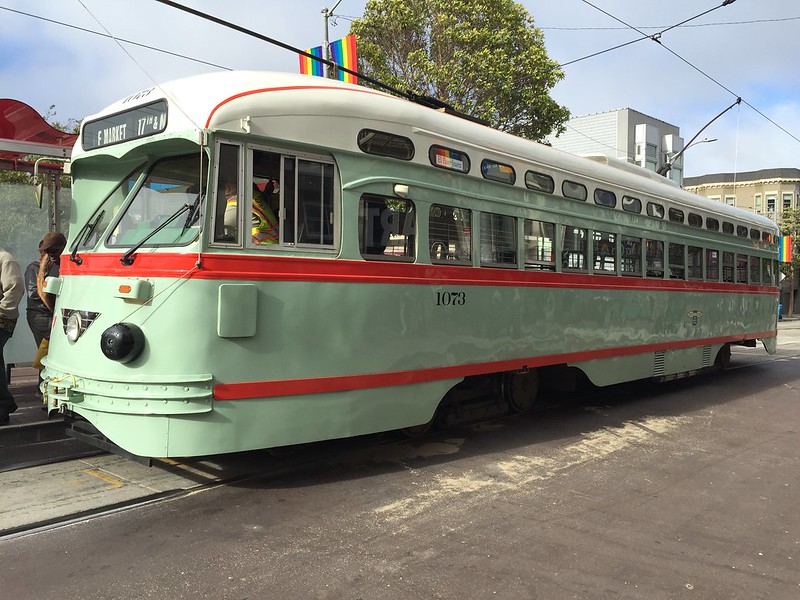 The cable car is equally great. It no longer really seems to function as any form of regular passenger transport as the fares are simply a flat $7 for each one-way ride. Cars are pulled using mechanisms under the road and make the ascents and descents in SF doable - it really is one of the most hilly cities that I've ever visited. Getting to the end of the line, which takes about 15 minutes, cars are turned manually by staff using the turning circle. They're immensely popular and so people (me included) are allowed to stand on the side of the cable car and hang off. When passing another cable car you're close enough to easily high-five the equivalent person in the opposite carriage. 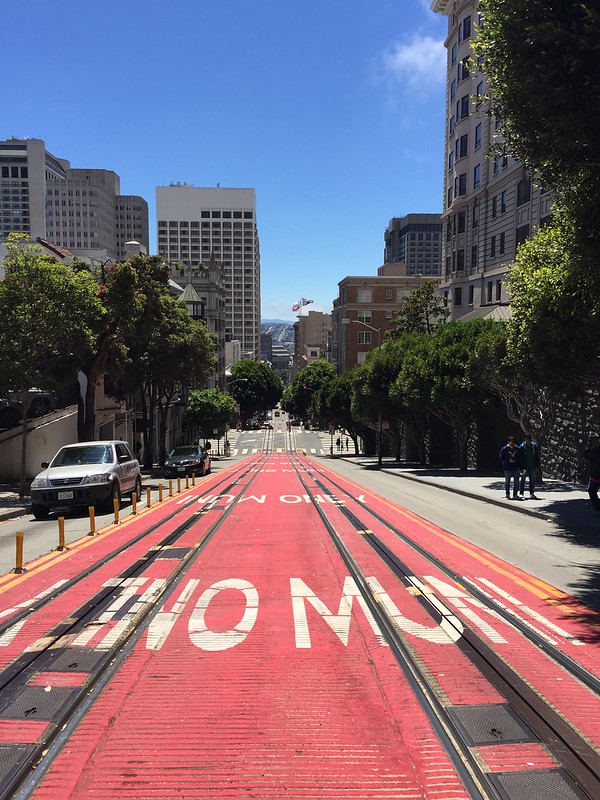
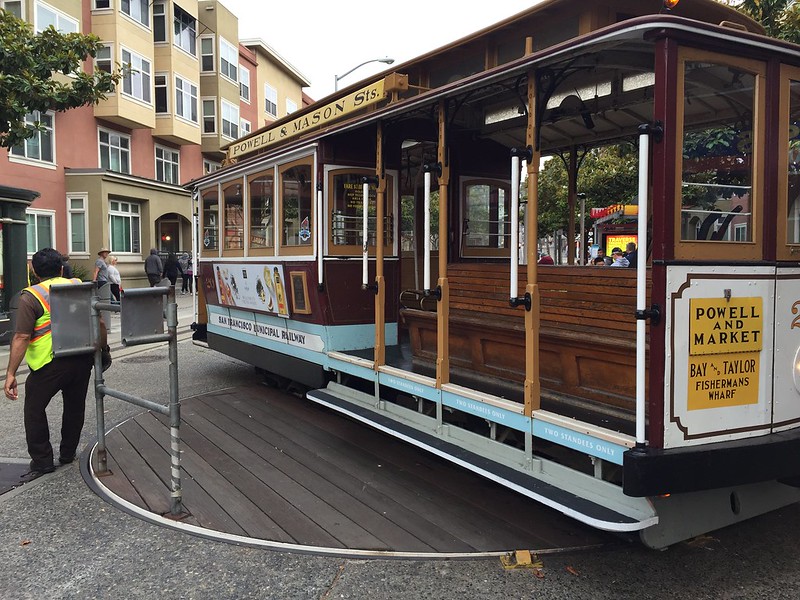
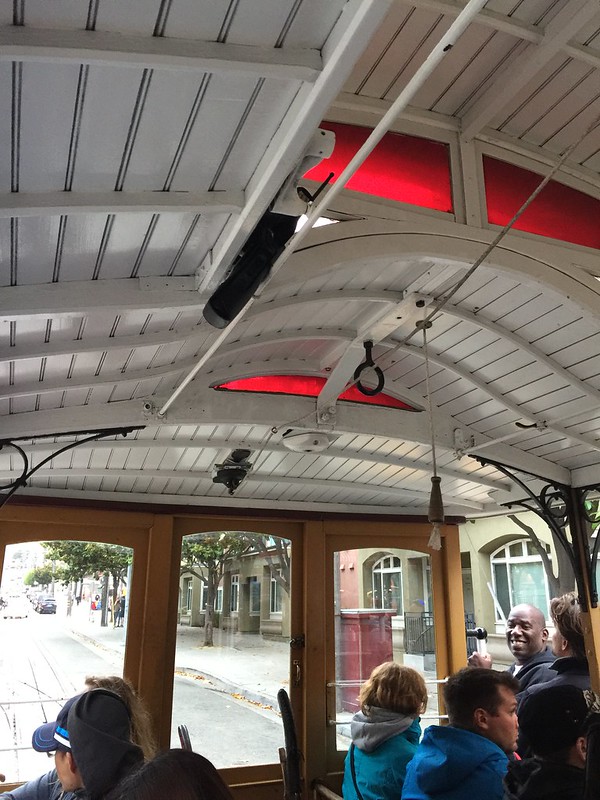 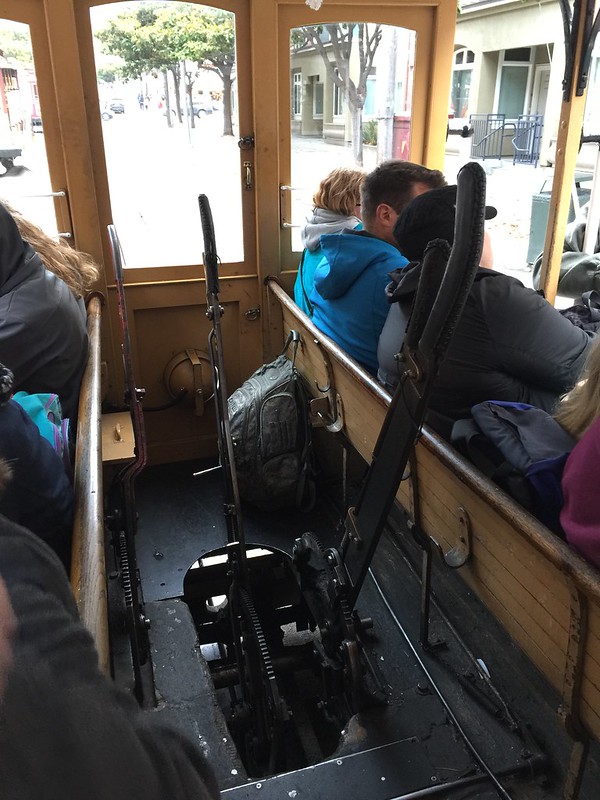 We didn't really take the Muni metro much apart from a couple of times. Once was coming back from the Castro, the gay part of town, where one of the stations had a gayscalator (my words not theirs) installed  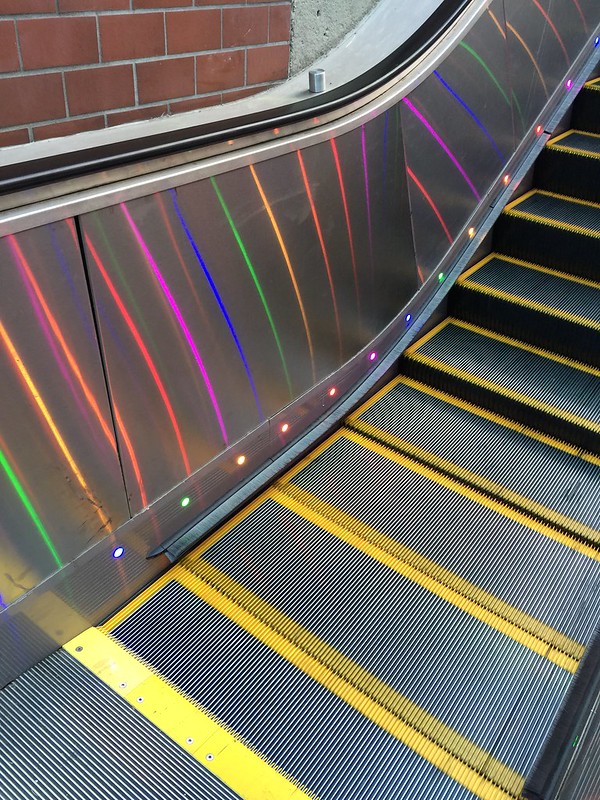 The stations themselves are fairly 80s though seemingly well-maintained. The trains that we got on were only two short carriages long but this may change depending on the time of day. No carpets like DC, these were strictly functional. 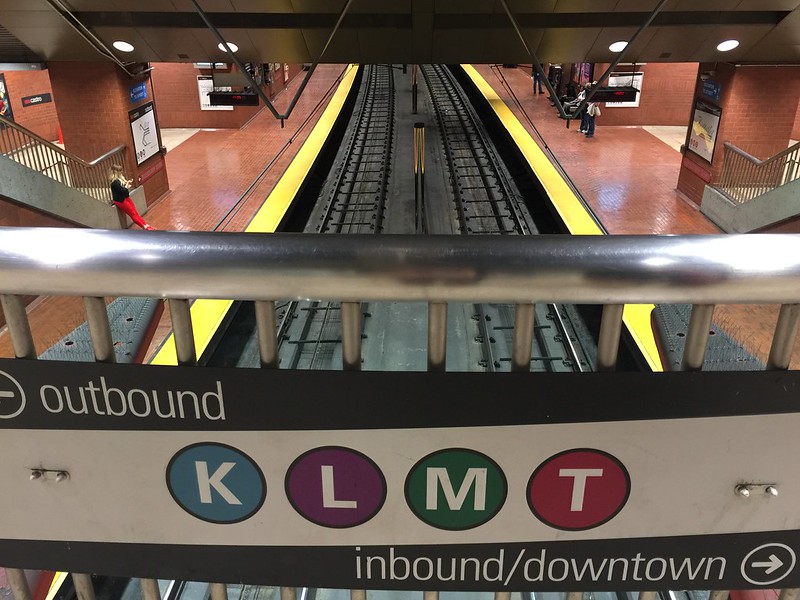 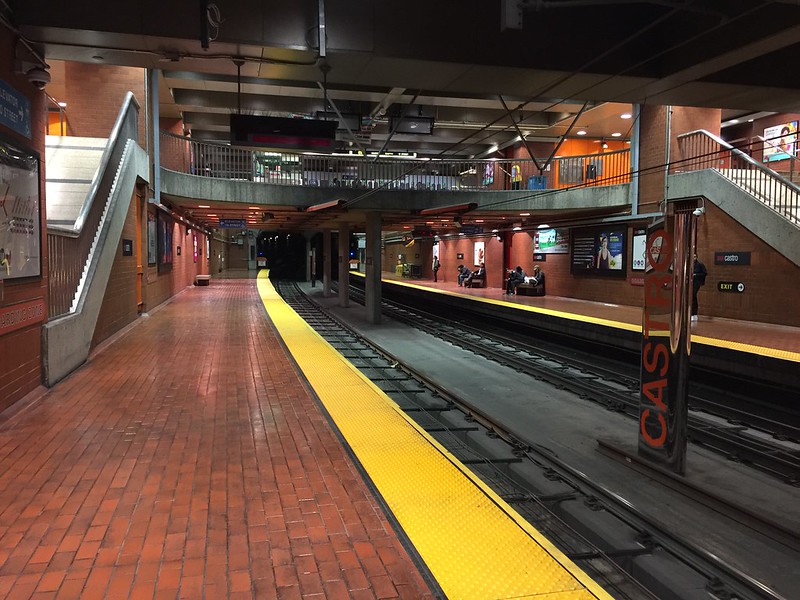 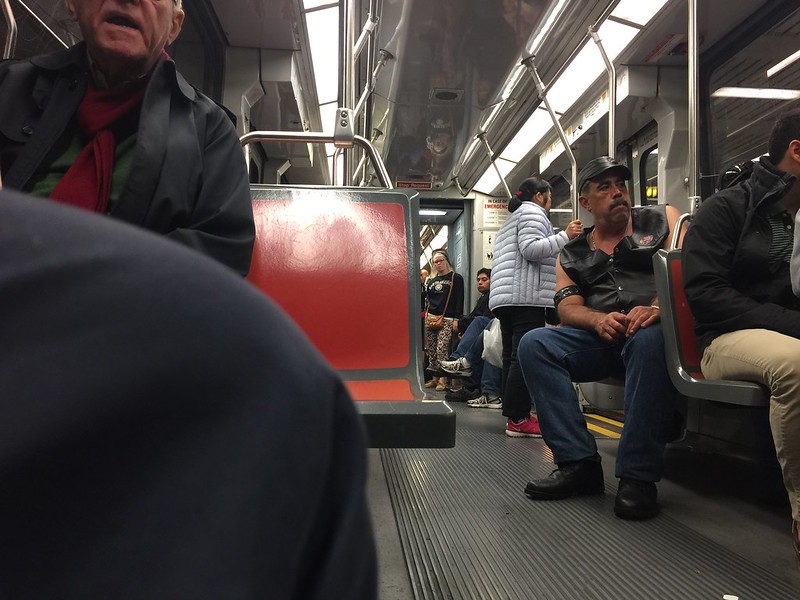 What seemed crazy to me was the driver's cab having a pull-up window which was raised by about twelve inches. Not only could you pay for your ticket in a machine poking out but you could also ask the driver information if you needed to. Above the cab door was a request stop' indicator and there were there wires throughout the carriage which you could pull to activate this. It seemed strange at the time though perhaps was going to make more sense the next day when we took the N line out towards the Golden Gate Bridge (though to reach it we needed the Metro and two buses - crazy). 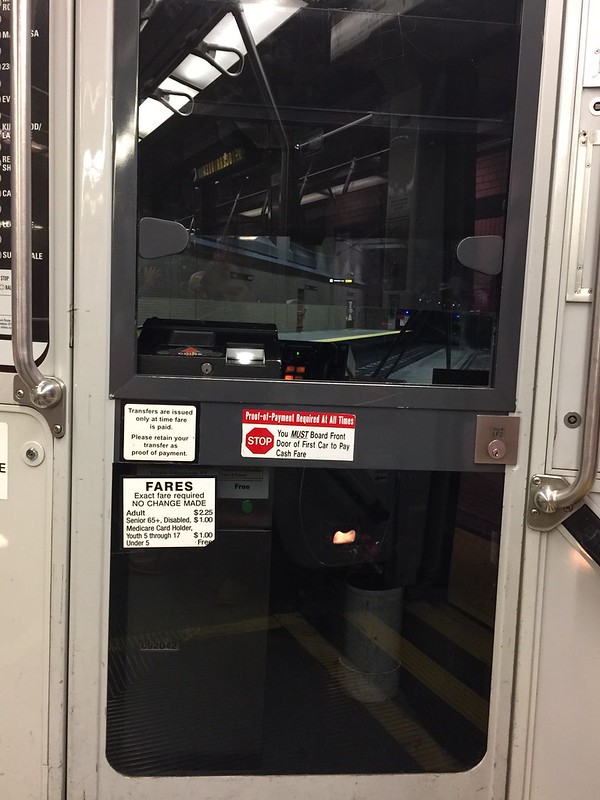 It seemed like a bit of a light-rail system, especially when in the station three separate trains were clearly visible - one in half of the platform, one in the second half and one waiting just outside the station: 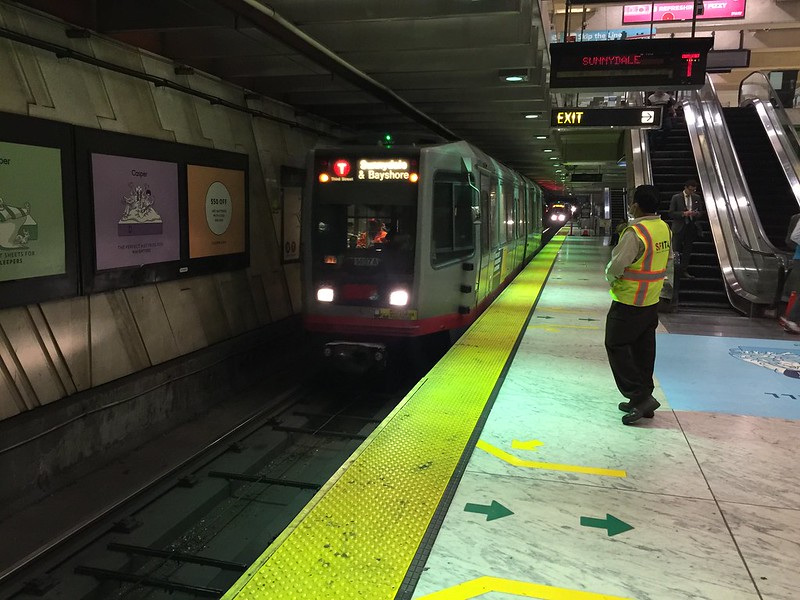 Getting on one all seemed usual until it emerged above ground and suddenly was on normal roads, mainly taking priority over other cars. I'm not sure if I just didn't notice it or some sort of configuration change happened but on one side the doors would open at platform level. On the other side steps went down to road level. It really was quite unusual and not something I've seen before: 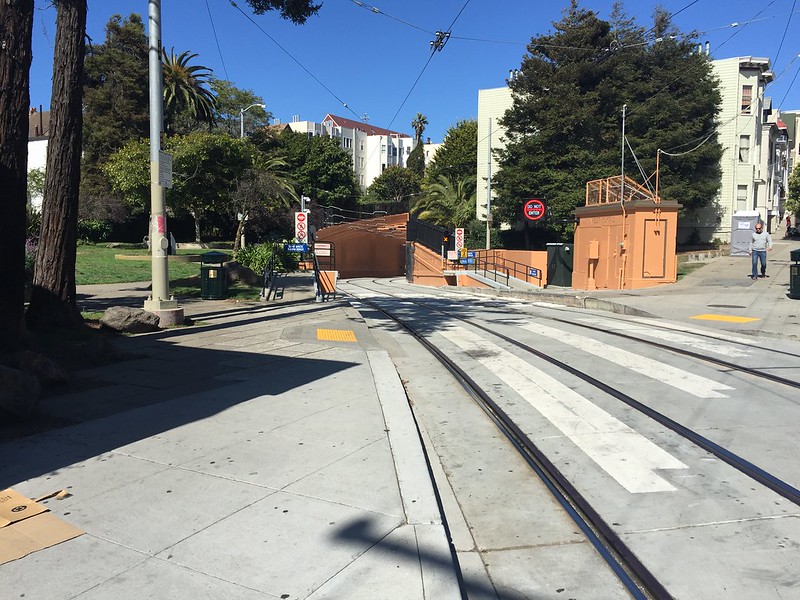 After a few days in SF we'd booked a train up to Vancouver - a long way - breaking the journey in Portland. We got on at 9:30pm one day, arriving the next day at approximately 5pm. We decided not to rough it and get a cabin with two beds and a bathroom. While perfectly functional and nice, it was rather squashed and I must admit that getting into places like Sacramento at 1am made me not want to sleep much. 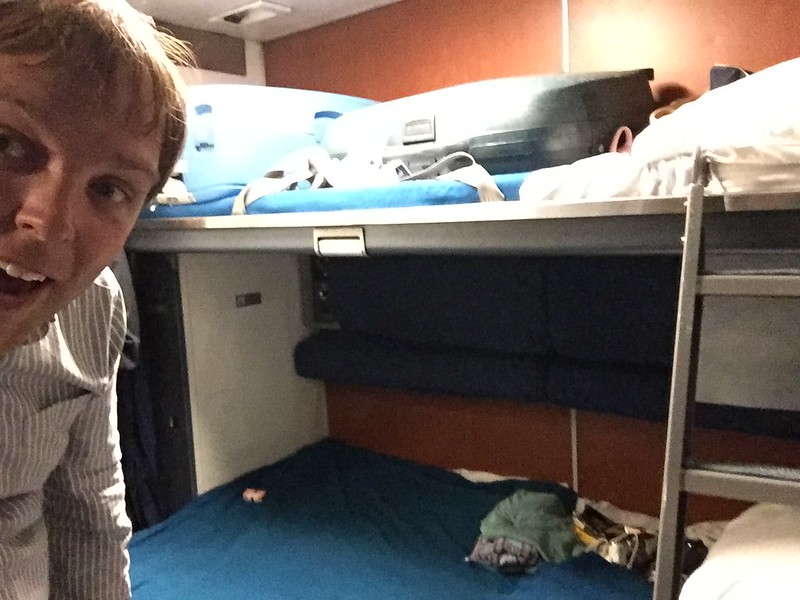 Waking up early the next morning was spectular with amazing views of California and Oregon - from fields to mountains and rivers. For much of the journey it felt like the train didn't really go more than 40mph and distances weren't that much more than London to Glasgow, for example. 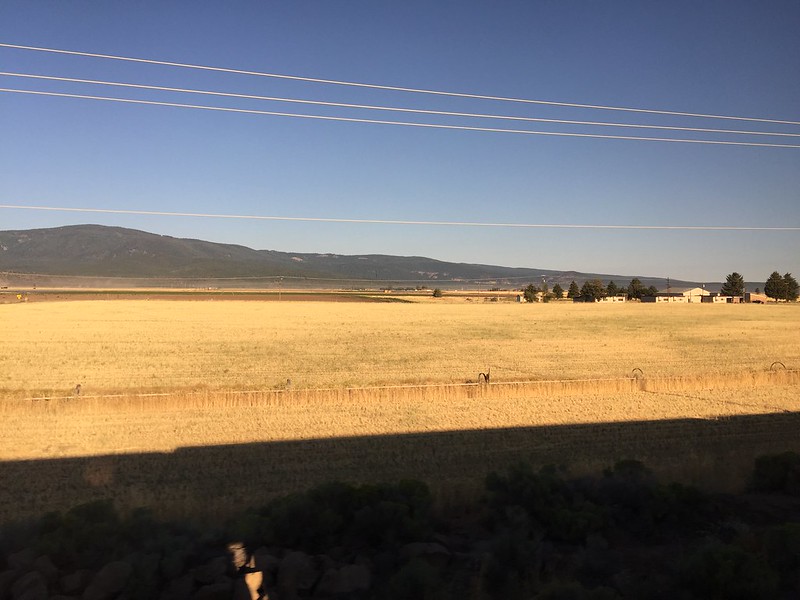 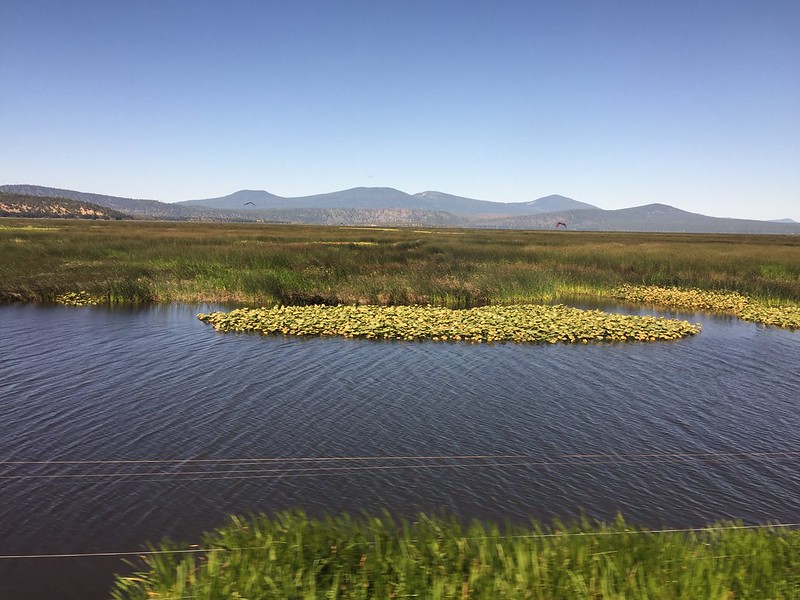 The observation car was pretty spectacular and, surprisingly, pretty calm and sedate. However, due to engineering works (on a random Wednesday morning) we spent two hours in one station just inside Oregon, waited a long time for freight trains to go past on several occasions (apparently they get priority) and then literally waited two hours 500m outside of Portland station for a signal failure to be fixed - keeping time didn't seem to be too much of an issue. We get back on the train for Vancouver tomorrow and apart from any metros there or in Seattle, that might be it for train travel this holiday. 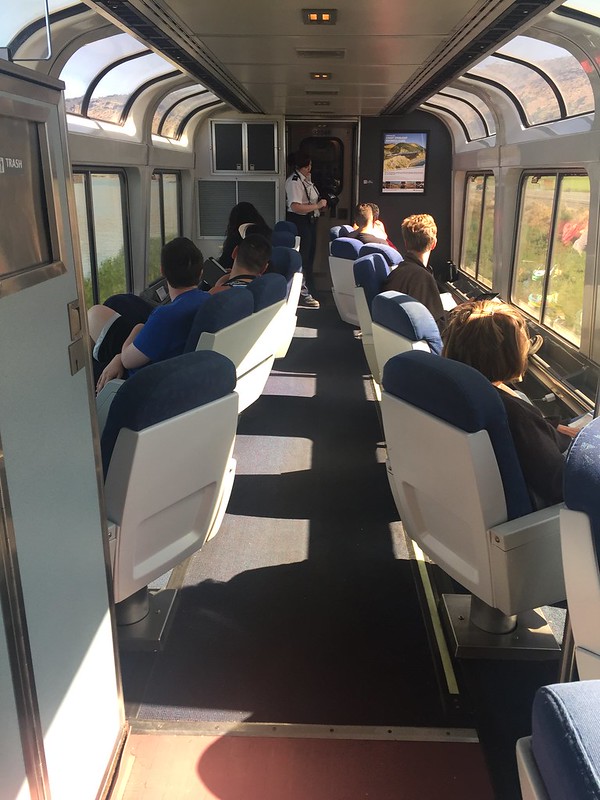 |
|
|
|
Post by snoggle on Aug 5, 2016 7:38:55 GMT
londonstuff - I am going a distinct shade of green looking at those San Francisco photos. Brings back happy memories of my one visit there. When I was there I had arranged to visit BART so I actually did "commute" on the cable car from Fisherman's Wharf to Market St to take BART to Oakland. Quite possibly the oddest commuting journey I've ever done hanging off the side of a cable car. The heritage trams look splendid. I was brave / mad enough to hire a mountain bike when I was there so, despite being terrified of heights, I did manage to cycle across the Golden Gate Bridge although I was frozen to the spot for minutes. It was only an ancient chap cycling past me that made me go "if he can do it, so can I". I had reckoned without having to steer round the huge bridge pillars - meant turning towards the sea. Eeek! I got a ferry back from Marin County. Still it's a great city with a splendidly mixed transport offer - BART, Muni Metro, trolleybuses, the Heritage tram service, CALtrain (?) plus umpteen regional bus companies.
|
|
|
|
Post by whistlekiller2000 on Aug 5, 2016 10:16:28 GMT
I've tried really hard to work out what defines a gayscalator from a regular escalator but each time I struggle to get past the image of the sign at the bottom declaring "Power Mincing To The Left Only Please"  Cracking post londonstuff and looking forward to more pictures shortly!  |
|
|
|
Post by melikepie on Aug 5, 2016 12:41:27 GMT
How much was a ticket for the observation car? Also randomly does anyone know how much a ticket is between Chicago and Carbondale? I am going there next year. Do you also know how far in advance a train can be booked?
|
|
|
|
Post by snoggle on Aug 5, 2016 15:39:14 GMT
How much was a ticket for the observation car? Also randomly does anyone know how much a ticket is between Chicago and Carbondale? I am going there next year. Do you also know how far in advance a train can be booked? The Amtrak website gives several prices ranging from $27 - $188 depending on the train class, ticket type and type of accommodation for the Chicago - Carbondale journey based on a random date in September. Best for you to have a play around for yourself. Mr Londonstuff appears to be on Coast Starlight train - www.amtrak.com/coast-starlight-trainwww.amtrak.com/ccurl/800/746/Coast-Starlight-Schedule-011116,0.pdf |
|
|
|
Post by version3point1 on Aug 5, 2016 15:46:40 GMT
How much was a ticket for the observation car? Also randomly does anyone know how much a ticket is between Chicago and Carbondale? I am going there next year. Do you also know how far in advance a train can be booked? The observation car is included in the price the ticket. Looking at the City Of New Orleans service, cheapest one way ticket for Chicago to Carbondale for the first week of September is $27.00, and there are no more lower level seats left. I travelled on the Coast Starlight in September 2015, travelling one way from Seattle, WA, to Emeryville, CA, and I booked the tickets at the start of July 2015. Based on two adults travelling, the rail fare itself was $208, with the supplement for the premium bedroom costing $524*, so $732 in all. It was the last premium bedroom left when I was booking the tickets at the time, so it depends on whether you're after a berth or not. Looking at tickets now for the same journey, the price for two people travelling in September is $1,118.00, but it's about $300 cheaper if I book for October, so I would advise booking as early as you can: I'd booked my train tickets first before my plane tickets, though some people would probably work the other way around, and it really does depend on the Amtrak route you decide to take as some routes are more popular than others. Once I'd booked the ticket, I'd looked again a week later to see if there were any fares left to find it had all sold out. *If you do get a berth of any kind in the sleeper car however, your ticket covers lunch and dinner, along with breakfast the following morning, either in the sleeper car (which is for sleeper car passengers only) or the buffet car (which is accessible to all). There's also a general lounge/bar area for sleeper car passengers only with free wifi, and a cinema in the lower part where they were screening vintage films. Any students here? It's worth noting that you can also get 10% off fares if you've got an NUS card with the ISIC (International Student) supplement also, provided you book your ticket online, no less than 3 days in advance. |
|
















 IMG_7922 by Michael, on Flickr
IMG_7922 by Michael, on Flickr


















 IMG_7922 by Michael, on Flickr
IMG_7922 by Michael, on Flickr































